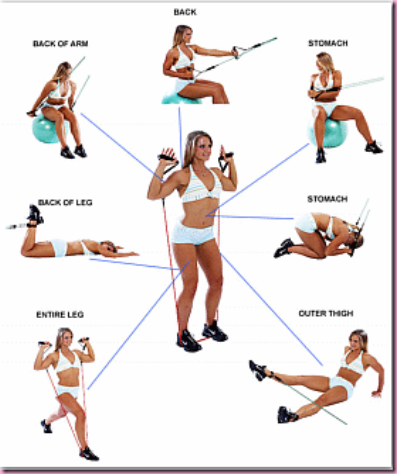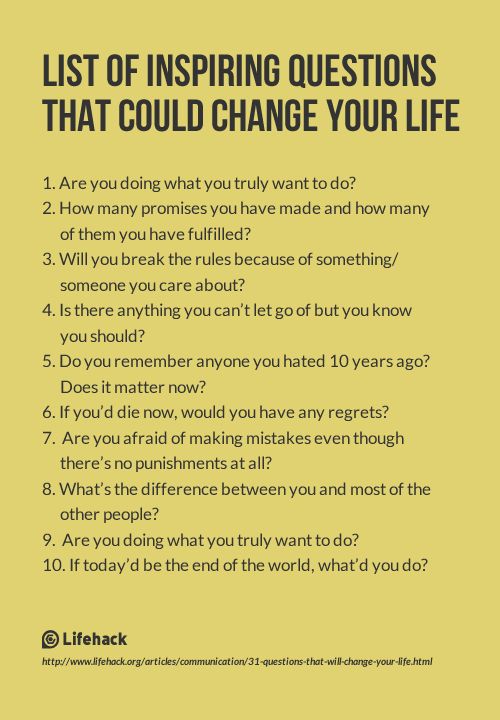Over the past two years, I’ve traveled a lot. Like a LOT lot. There were times I would spend three weekends out of four outside the country in which I reside, and it was more common for friends to ask “are you going to be in town this weekend?” then actually invite me to something since it was about an 85% chance I would not be.

I basically kept a toiletry bag, makeup kit, and bathing suit/sarong combo on the ready at any given moment, since there were literally times where I arrived in Singapore’s Changi Airport in the afternoon only to transit through it en route to another destination that evening. It was amazing, but it was as exhausting as it sounds.
These days, I am much more “local” – I co-own two client-based businesses here in Singapore, which means I am much more tied down to my work. Outside of a brief ski weekend in Japan earlier this year and a quick jaunt to Bali with my fambam last month, I haven’t gone anywhere for longer than 4 days in 2017. Wow.

Here are some places I haven’t been this year…oh wait, minus one, but it’s like an hour away.
That said, because I am traveling less often, I have the opportunity to be more intentional with my packing and travel prep (above and beyond the aforementioned sarong-stuffing), and I now have a few go-tos that I absolutely recommend for being a healthy, well-rested, and fit traveler.
[sidenote: I’ve written on the topic of healthy travel habits several times before, so if you’re looking more for that than what’s actually inside my travel bag, check out LOTS more tips here, here and here]
First of all, let me answer the big question I get most from clients: do you work out on vacation? The answer is, of course, an unequivocal yes. So does that mean I always pack at least one “workout” outfit and the requisite sneakers to go with it? Sure does. But rest assured I make even this part simple – I pack a workout top with a built-in bra so I don’t need to worry about loading up separate sports bras, I exercise in black leggings and my most stylish-but-functional Nike Flyknits that I also wear on the plane, and if the hotel I’m staying at doesn’t have a gym, I pack a jump rope and a resistance band. Done.

Bands can make you dance.
Second, I make travel the time to pull out all those luxury samples I get from Sephora and treat myself to some major spa(like) indulgence…even if it’s just in the hotel tub. I bring the thickest face cream possible and slather it on JUST before takeoff; use the BB/CC cream packets to clean myself up just before landing, and I bring at least one Korean face mask and some fancy body scrub to get glowing upon arrival.
Third, mostly because I am a hundred years old and tend to swell like hell on long airplane rides, I deploy the triple-play anti-ballooning defense of wearing compression socks, taking water pills (please note: this is a travel-only strategy and not something I’d recommend on a regular or even semi-regular basis), and bringing a huge collapsible water bottle on the plane so I can do my best to eradicate the edema situation.
Next, I’d recommend bringing along small sizes of your basic hygiene stuff – think wet wipes, antibacterial wipes, hand gel (for when you can’t get to a proper sink), Kleenex, Shout wipes, a few band-aids, and some probiotic and activated charcoal pills. This mini “first aid” kit will keep you clean, well, and balanced no matter where you’re headed.

If you wanna get RULL serious about your first aid status…
And finally – what else fills my carry-on bag besides health-related stuff? I love to drown out the world with my BOSE headphones, bring a couple of books (right now I’m late to the game on You Are A Badass, but loving it so far!), tuck into some unsalted nuts or if I’m ambitious, homemade protein balls, and lay into my super-cozy hooded neck pillow for a nice long haul.

Not me; perhaps it’s THAT fit blonde?
What are your healthy travel must-haves? Any tips for maximizing carryon essentials?










